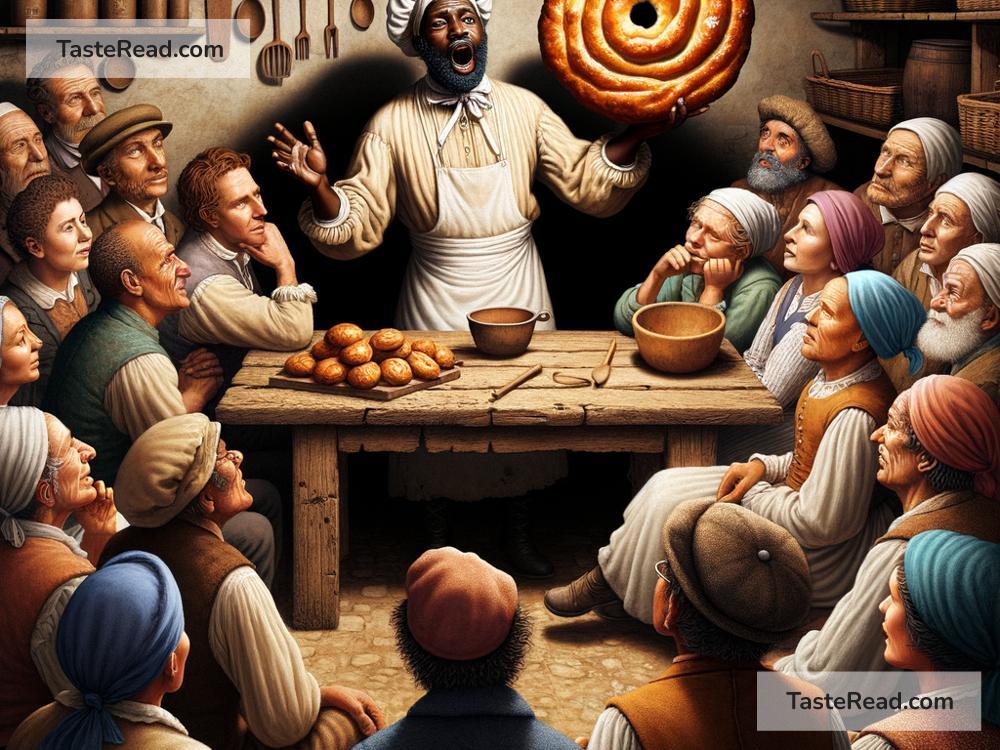The Origins of the First Donut Hole: An Ancient Tale
Donuts, those delightful rings of fried dough, are enjoyed all around the world today. They come in different shapes, flavors, and sizes, but one feature sets the classic donut apart: its hole in the middle. Have you ever wondered why donuts have holes? Who came up with this design, and what’s the story behind it? Let’s dive into the fascinating and ancient tales of how the donut hole may have come to exist.
The Creation of Early Fried Dough
Long before donuts became popular in modern bakeries, people were already frying dough. Historians believe that fried dough recipes were enjoyed in ancient times. In fact, frying dough in oil has been part of many cultural traditions for thousands of years. The ancient Greeks made a treat called “loukoumades,” which were dough balls fried then soaked in honey syrup. Similarly, the Romans had their version of fried pastries, often sweetened with honey.
Though these early treats didn’t have holes, they laid the foundation for the donut we know today. As fried dough recipes spread across different countries and cultures, bakers everywhere found creative ways to shape, flavor, and decorate them.
The Arrival of Donuts in America
Donuts, as we think of them today, likely arrived in America with Dutch settlers in the 1600s. The Dutch had treats called “olykoeks,” meaning “oil cakes.” Olykoeks were small balls of dough fried in oil and sometimes stuffed with nuts, fruits, or spices. Like older versions of fried dough, these treats were rich, sweet, and beloved by all who tasted them.
There was, however, one problem with olykoeks: they often had trouble cooking all the way through. The center of the dough stayed raw and doughy while the outside fried nicely. This was because the thick ball of dough took longer to heat up in the middle compared to its thin edges. Bakers tried different solutions, like stuffing the middle with fillings such as nuts or fruit, but none of these fully solved the problem.
The Invention of the Hole: George Washington’s Sea Captain Legend
One famous tale about the donut hole traces back to mid-19th century America. According to legend, the invention of the hole in donuts is credited to an American sea captain named Hanson Gregory. Captain Gregory supposedly came up with the idea in 1847 while sailing the high seas with his crew. He didn’t like the thick, doughy centers of the fried dough his mother would make for him. So, Captain Gregory decided to punch a hole in the middle of the dough before frying it.
Why would he do such a thing? Creating a hole in the middle allowed the dough to cook evenly. With no thick center to stay raw, the fried dough cooked faster and became crisp and delicious throughout. The hole also made the donut easier to hold and eat, especially for sailors looking for quick food during long sea voyages.
In Gregory’s own words, he described poking the hole with the round top of a pepper can. It was a simple idea, but one that changed the way donuts were made forever. From that day on, donuts with holes began to spread across America, becoming an iconic treat.
Other Theories and Mystical Origins
Not everyone agrees with Captain Gregory’s story, though. Some people think the donut hole may have more ancient roots. Take, for example, the belief that holes in fried dough were inspired by ancient rituals or shapes seen in nature. Circular rings, including those with holes, often symbolized unity and completeness to ancient cultures. It’s possible bakers found the ring shape appealing and applied it to their food.
Another theory suggests that holes were created simply out of practicality. Imagine bakers cooking large batches of fried dough for an entire village or group of hungry sailors. In smaller pieces or with a hole in the middle, dough cooks faster and more evenly. This efficiency could have been the real reason donut holes became popular.
Modern Donuts and Their Legacy
Today, donuts with holes are everywhere, and we don’t give much thought to how they came to be. From jelly-filled donuts to long johns and crullers, all kinds of creative shapes and flavors of donuts exist now. Still, the classic ring-shaped donut with a hole remains iconic—a testament to inventive bakers, sailors, and cultures from days long past.
The story of the donut hole also teaches us an important lesson: many innovations are born from solving simple problems. Whether it’s Captain Gregory punching a hole to improve his mother’s recipe or ancient bakers seeking faster ways to fry dough, the donut hole stands as a reminder that creativity can turn food into history.
So, the next time you take a bite of your favorite donut, remember the ancient tales and the timeless idea of creating perfection with a simple hole in the middle. Donuts are more than just a treat—they connect us to centuries of tradition, culture, and sweet ingenuity.


